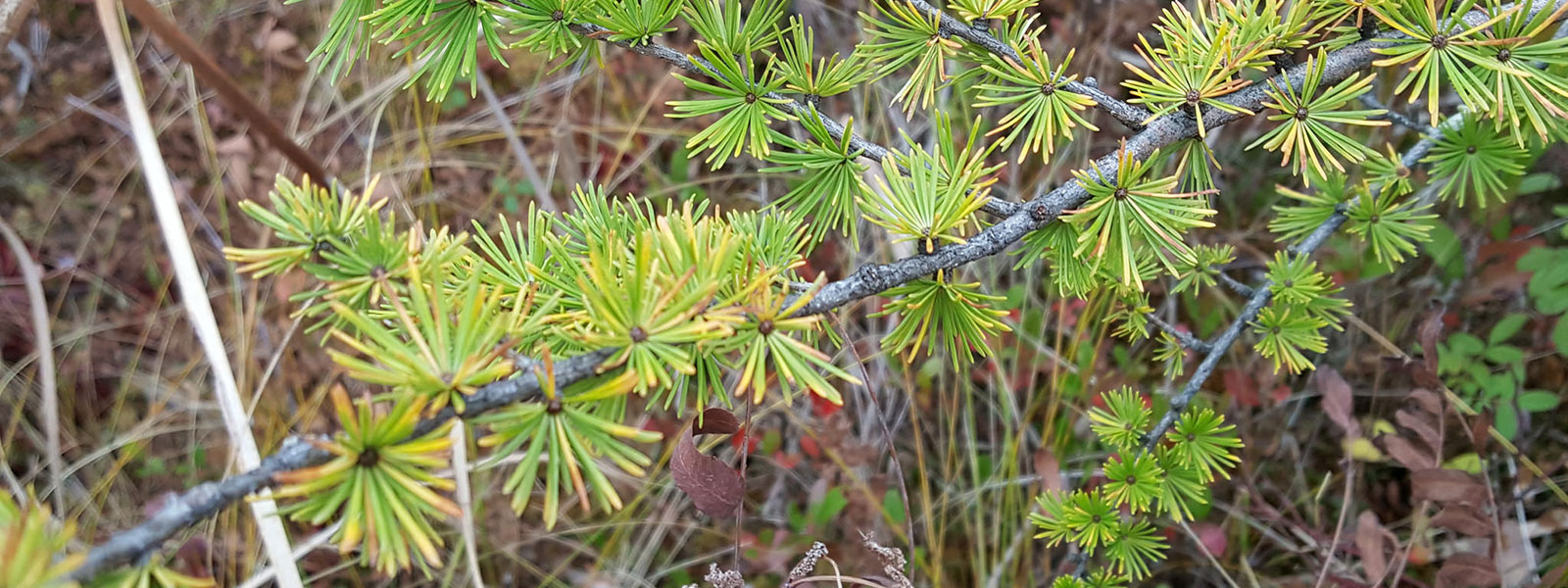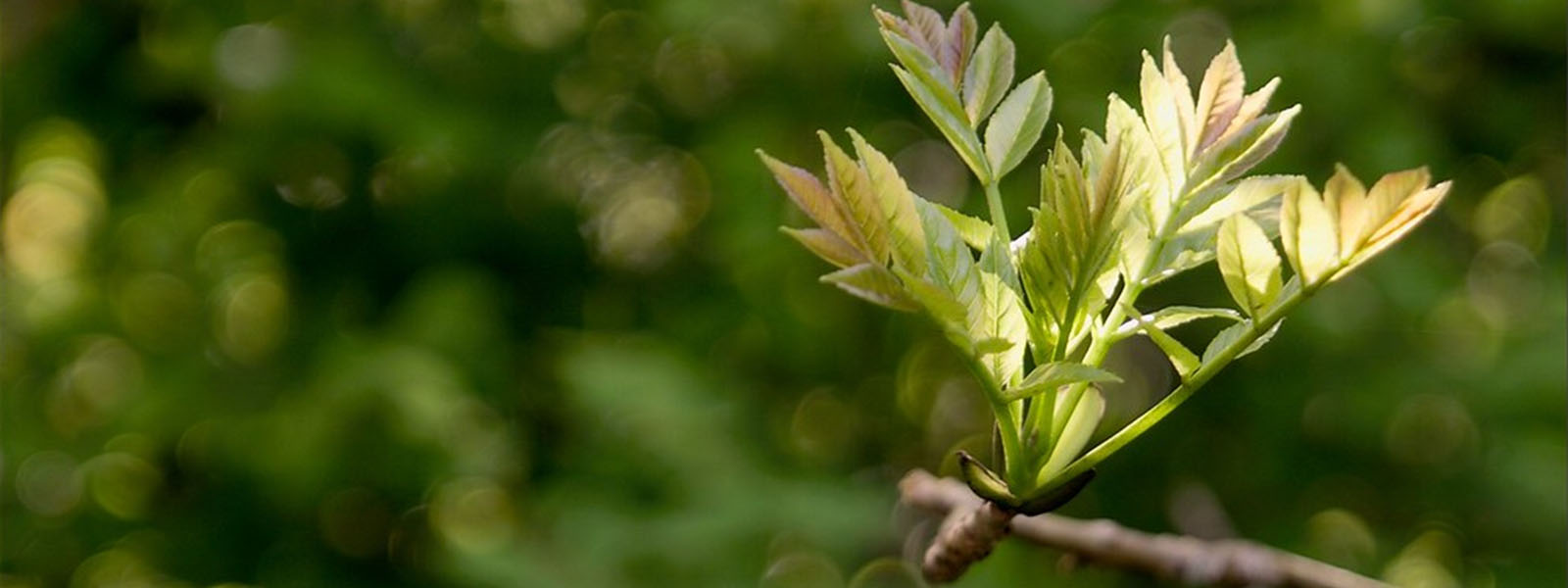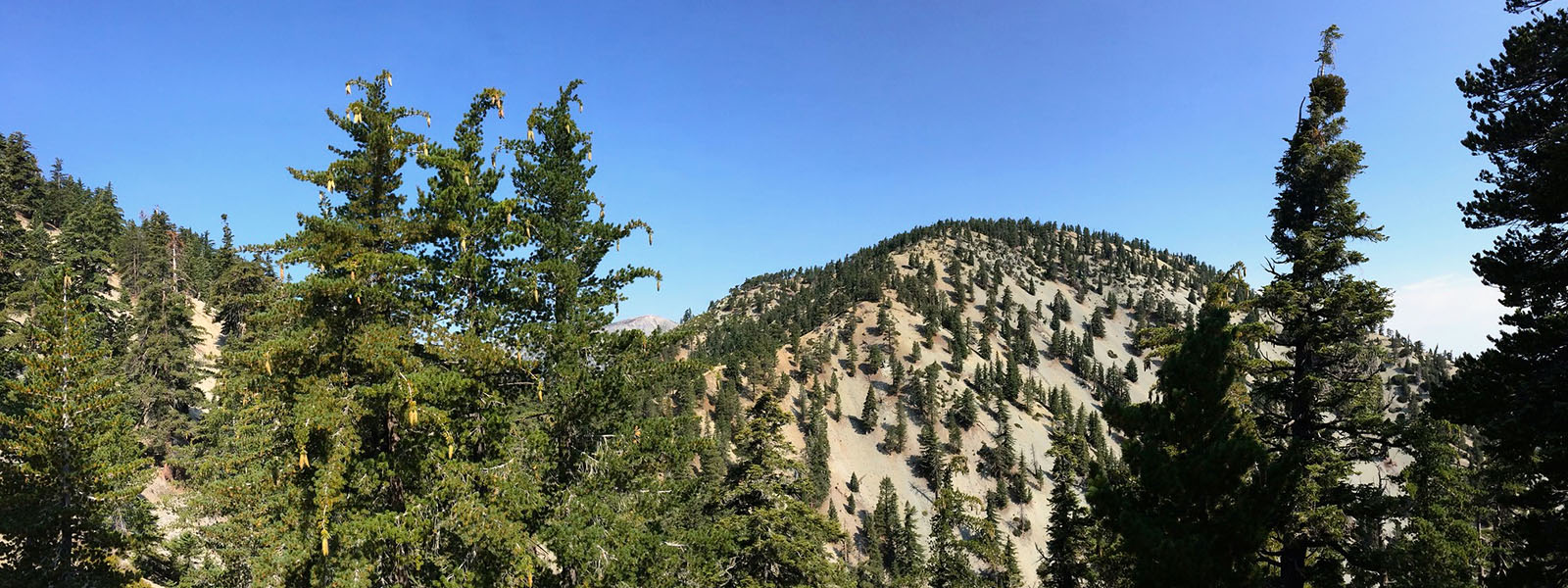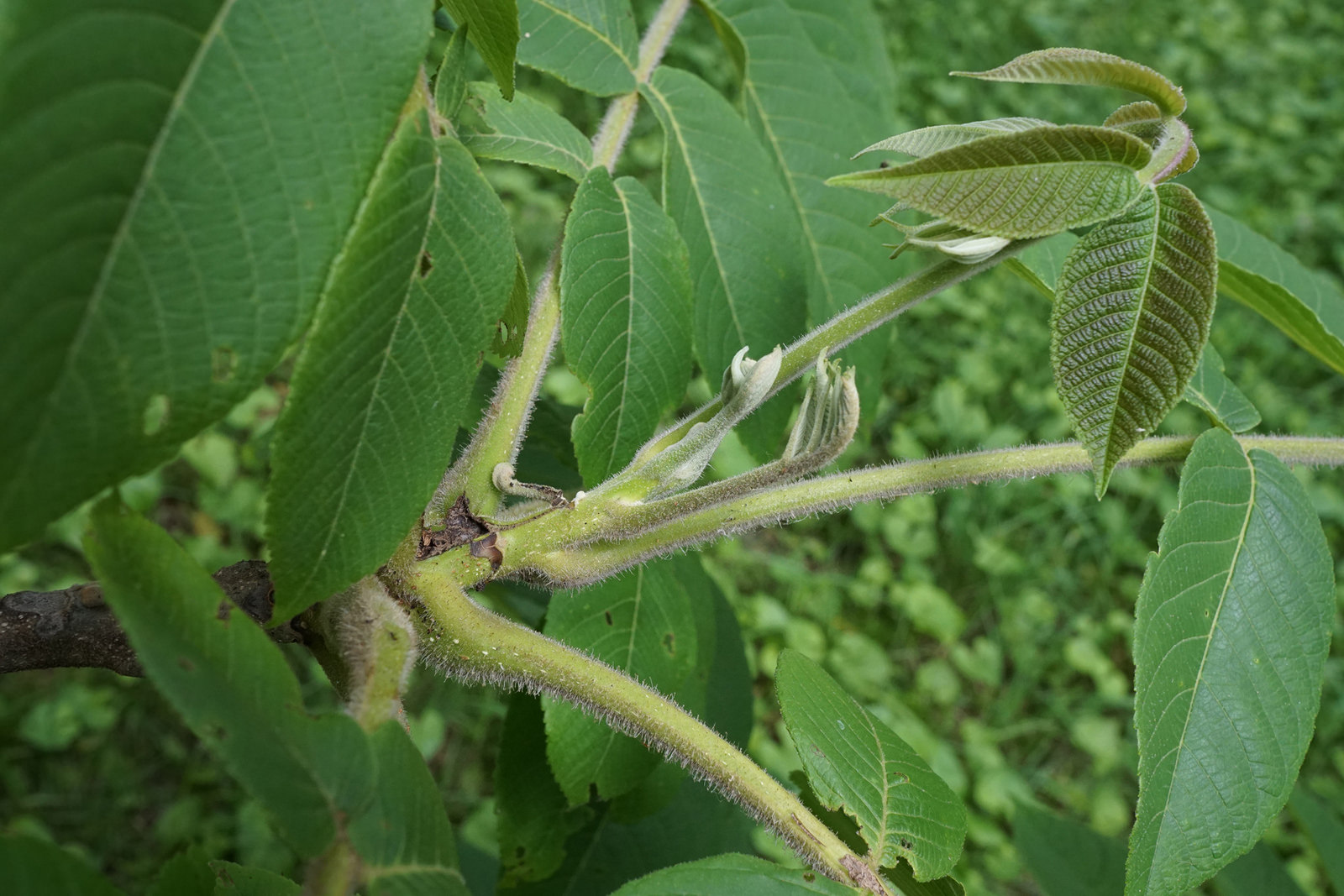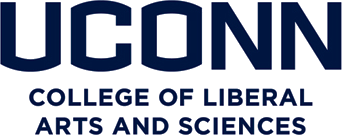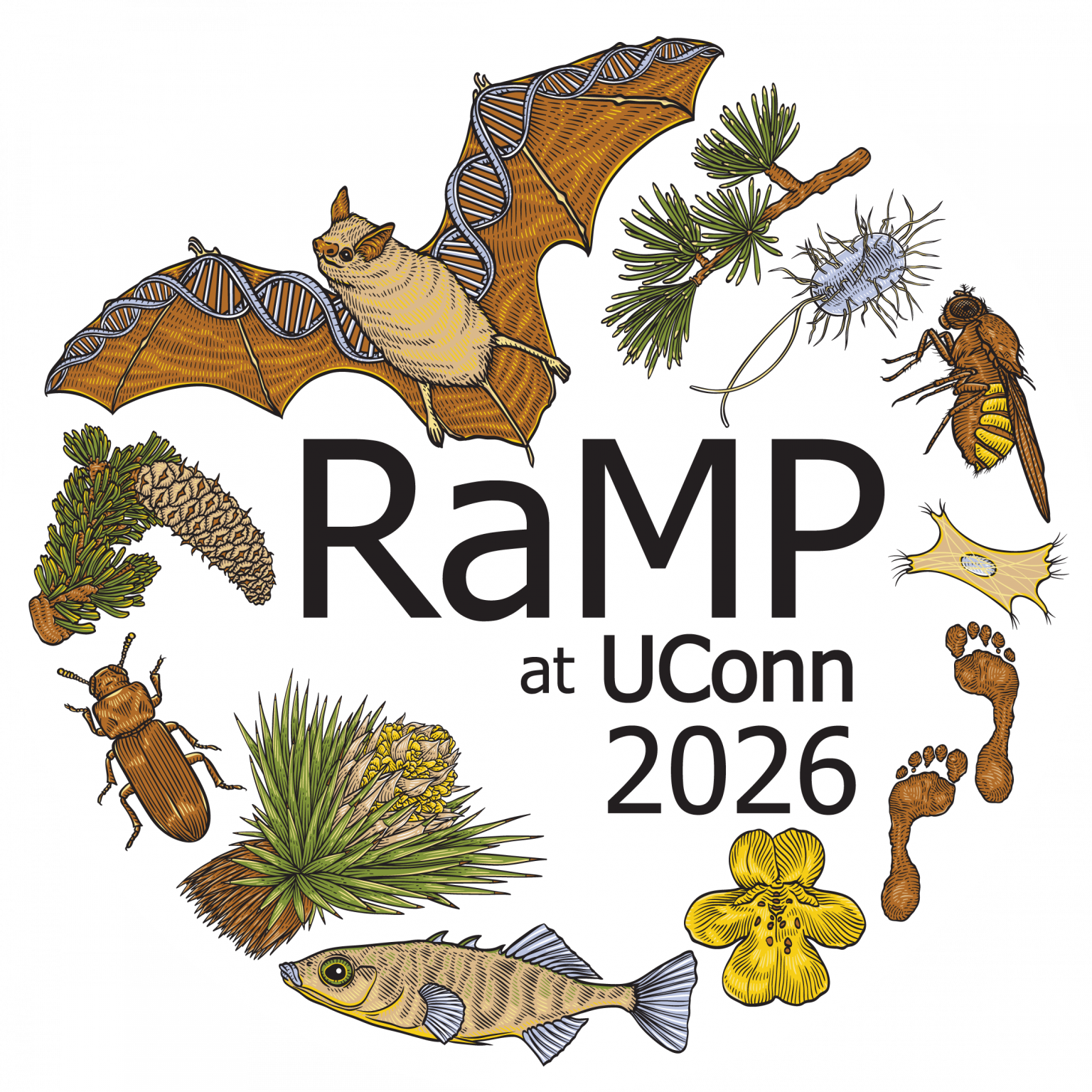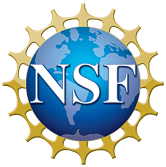The NSF-funded Research and Mentoring for Postbaccalaureates
(RaMP) Program at UConn provides a year-long, immersive research experience for recent college graduates, with an emphasis on broadening participation in STEM. Anchored in the theme of genomic novelty, the program explores how genomes evolve, what drives the novel genomic features, and how these innovations shape phenotype and adaptation. RaMP scholars join independent labs and also participate in a cohort project where they receive structured training that integrates wet-lab skills, computational biology, and professional development.
After the initial “bridge to research” period focused on core skills in sequencing, bioinformatics, and experimental design, the full cohort works collaboratively on generating a new genomic resource for a species lacking foundational data. Past cohorts have produced chromosome-scale genome assemblies for organisms such as scorpions and subspecies of Everglades mink. Each cohort publishes a shared first-author manuscript at the end of the project. Learn more
here.
Affini, A., Baranowski, H., Forbes, S., Foust, E. N., Hatley, K., Ni, E. L., McGuire, A., Paist, K., Rutter, M., Smith, R. N., Vargas, N., Akella, H., Castellano, K., Pauloski, N., Reid, N., O’Neill, R., King, T., Jockusch, E. L., Wegrzyn, J. L., & Hapeman, P. (2025). Mink by mink: stitching together signatures of subspecies adaptation through a pangenome of threatened mustelids. bioRxiv, 2025.07.25.666817.
https://www.biorxiv.org/content/10.1101/2025.07.25.666817v1.abstract
Bryant, M.J., Coello, A.M., Glendening, A.M., Hilliman, S.A., Jara, C.F., Pring, S.S., Rodríguez Rivera, A., Santiago Membreño, J., Nigro, L., Pauloski, N., Graham, M.R., King, T., Jockusch, E.L., O’Neill, R.J., Wegrzyn, J.L., Santibáñez-López, C.E., and Webster, C.N. (2024). Unveiling the genetic blueprint of a desert scorpion: A chromosome-level genome of Hadrurus arizonensis provides the first reference for Parvorder Iurida. Genome Biology and Evolution, 16(5): evae097.
https://doi.org/10.1093/gbe/evae097


